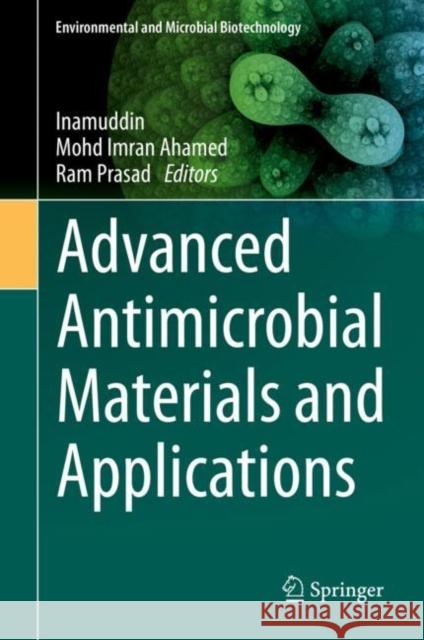Advanced Antimicrobial Materials and Applications » książka
topmenu
Advanced Antimicrobial Materials and Applications
ISBN-13: 9789811570971 / Angielski / Twarda / 2020 / 421 str.
Advanced Antimicrobial Materials and Applications
ISBN-13: 9789811570971 / Angielski / Twarda / 2020 / 421 str.
cena 925,87
(netto: 881,78 VAT: 5%)
Najniższa cena z 30 dni: 886,75
(netto: 881,78 VAT: 5%)
Najniższa cena z 30 dni: 886,75
Termin realizacji zamówienia:
ok. 22 dni roboczych
Dostawa w 2026 r.
ok. 22 dni roboczych
Dostawa w 2026 r.
Darmowa dostawa!
Kategorie:
Wydawca:
Springer
Seria wydawnicza:
Język:
Angielski
ISBN-13:
9789811570971
Rok wydania:
2020
Wydanie:
2021
Numer serii:
001064537
Ilość stron:
421
Waga:
0.72 kg
Wymiary:
23.88 x 16.48 x 2.11
Oprawa:
Twarda
Wolumenów:
01











